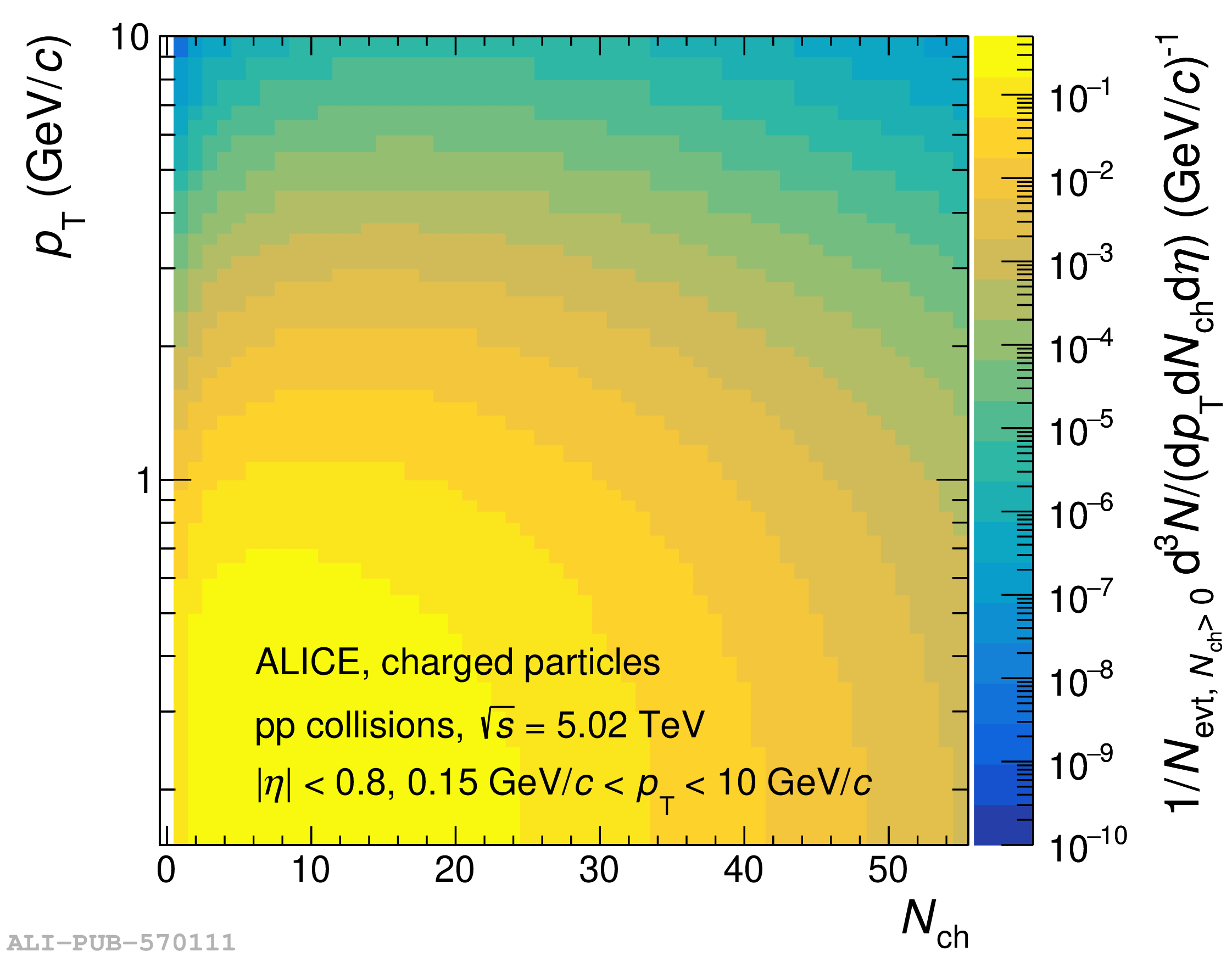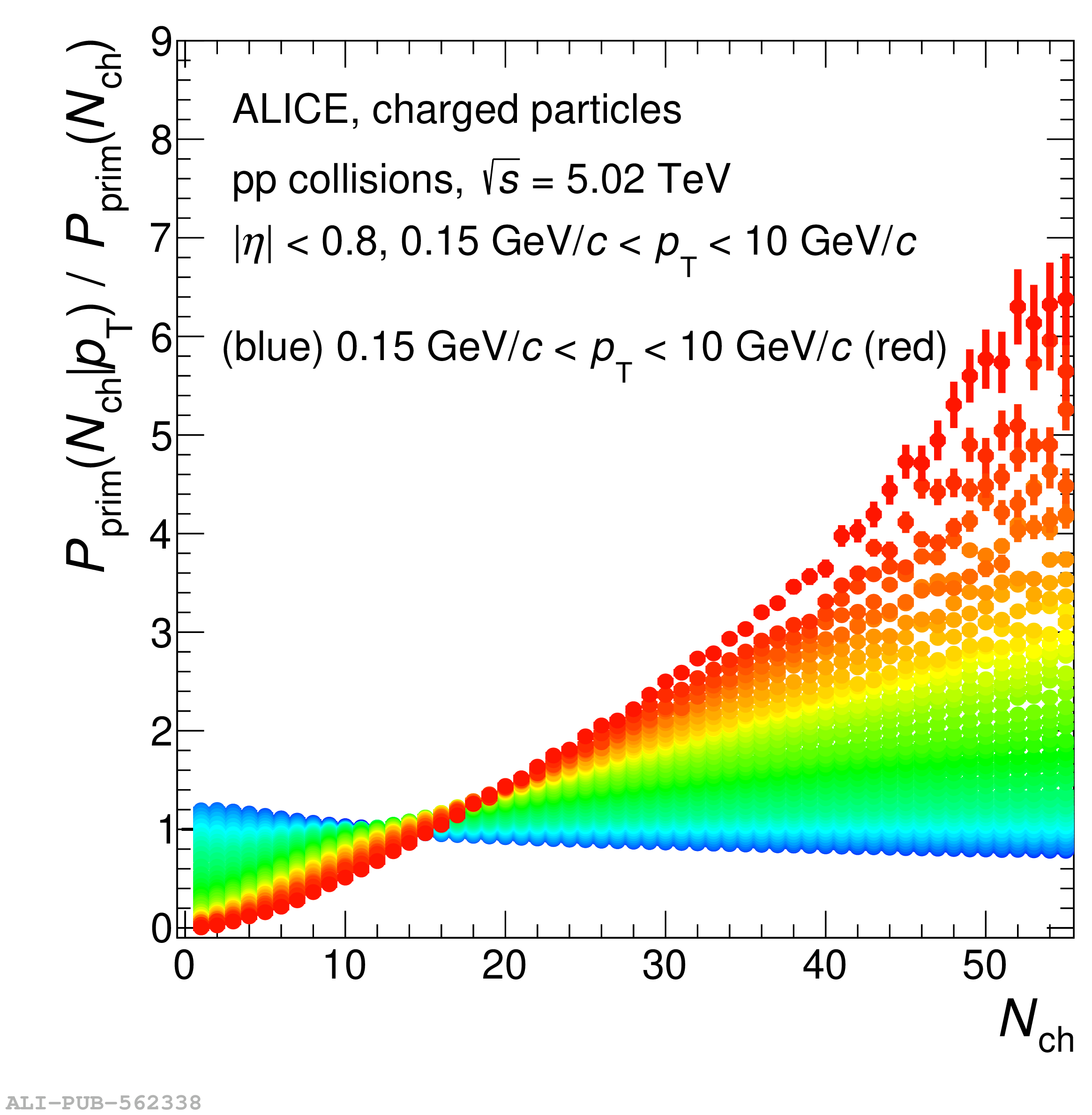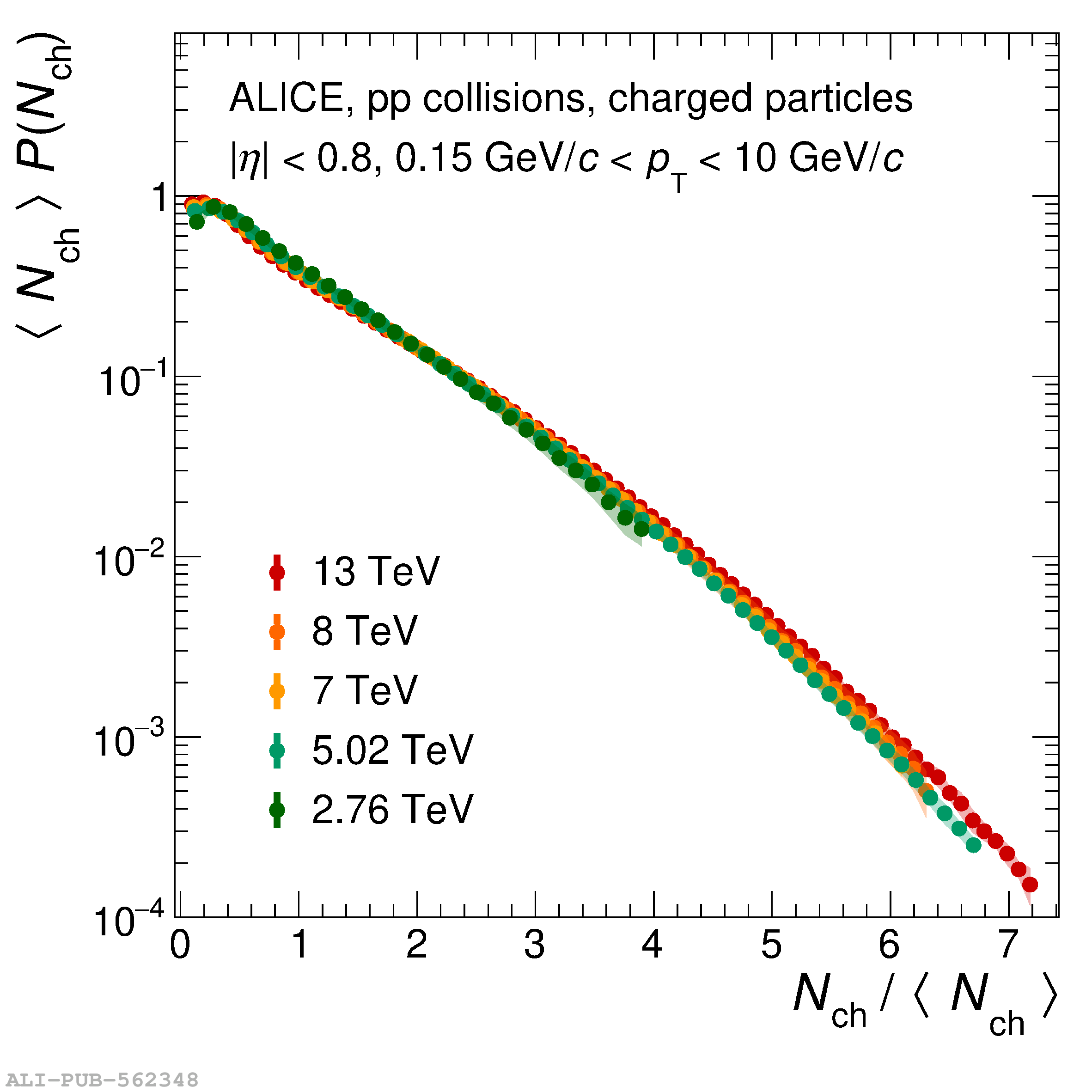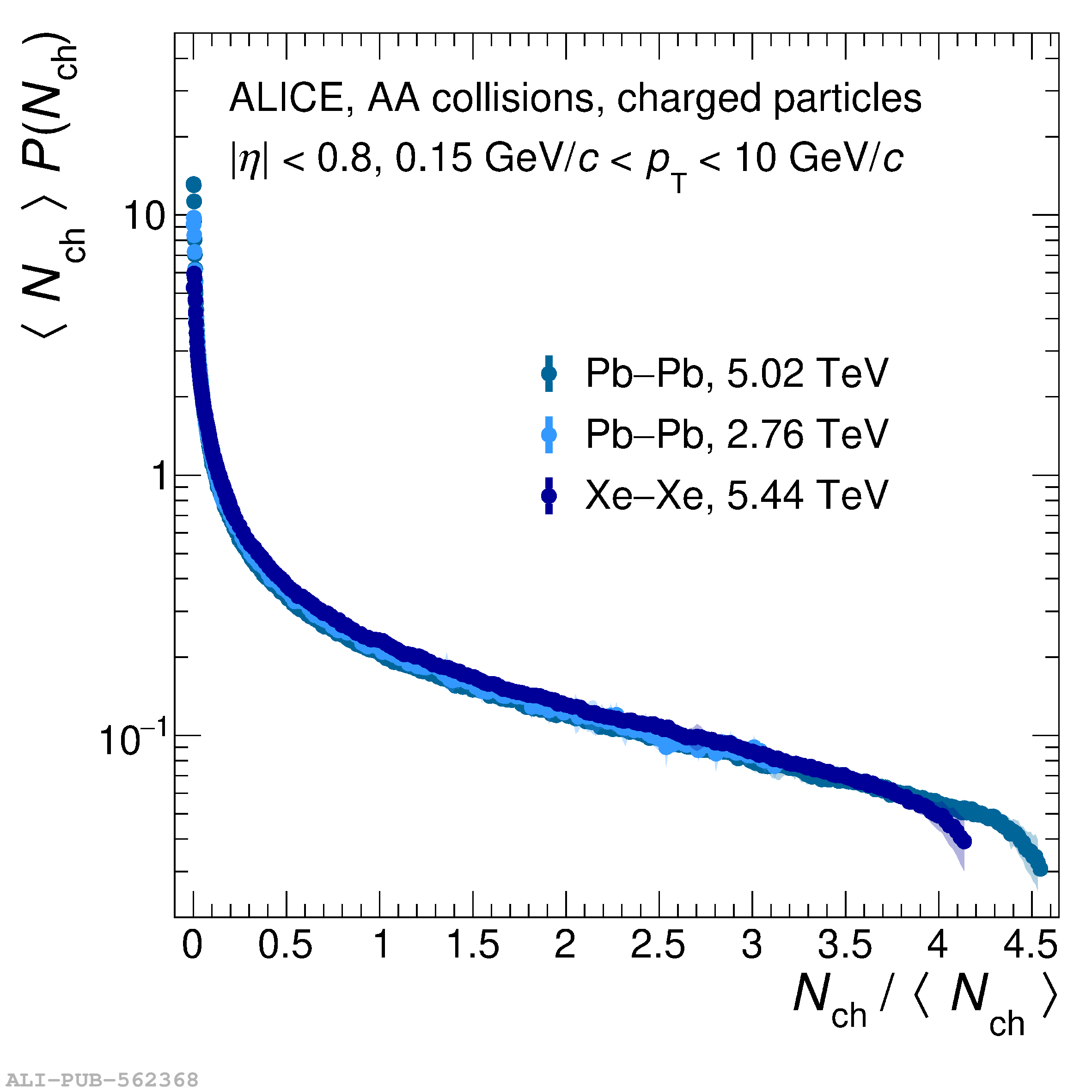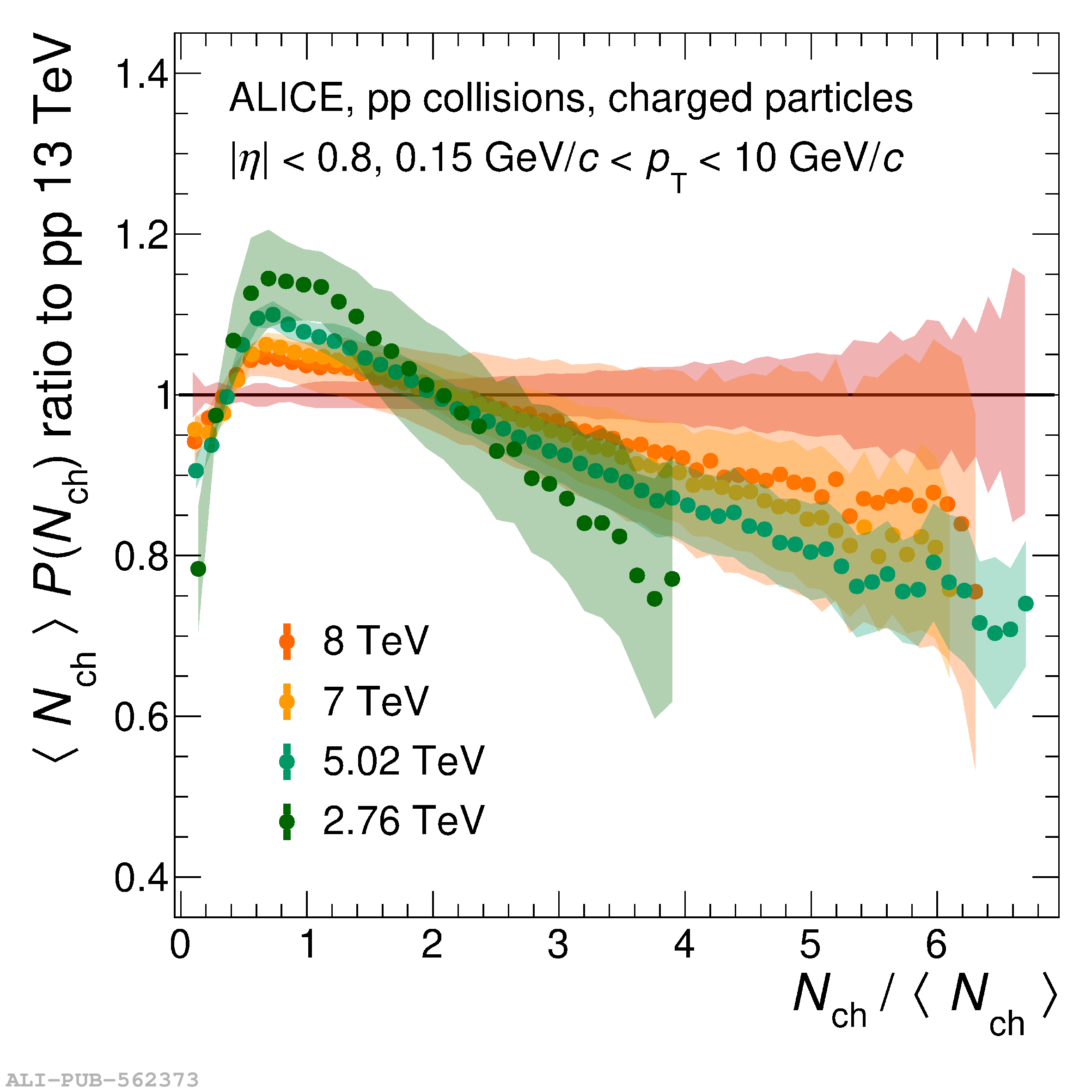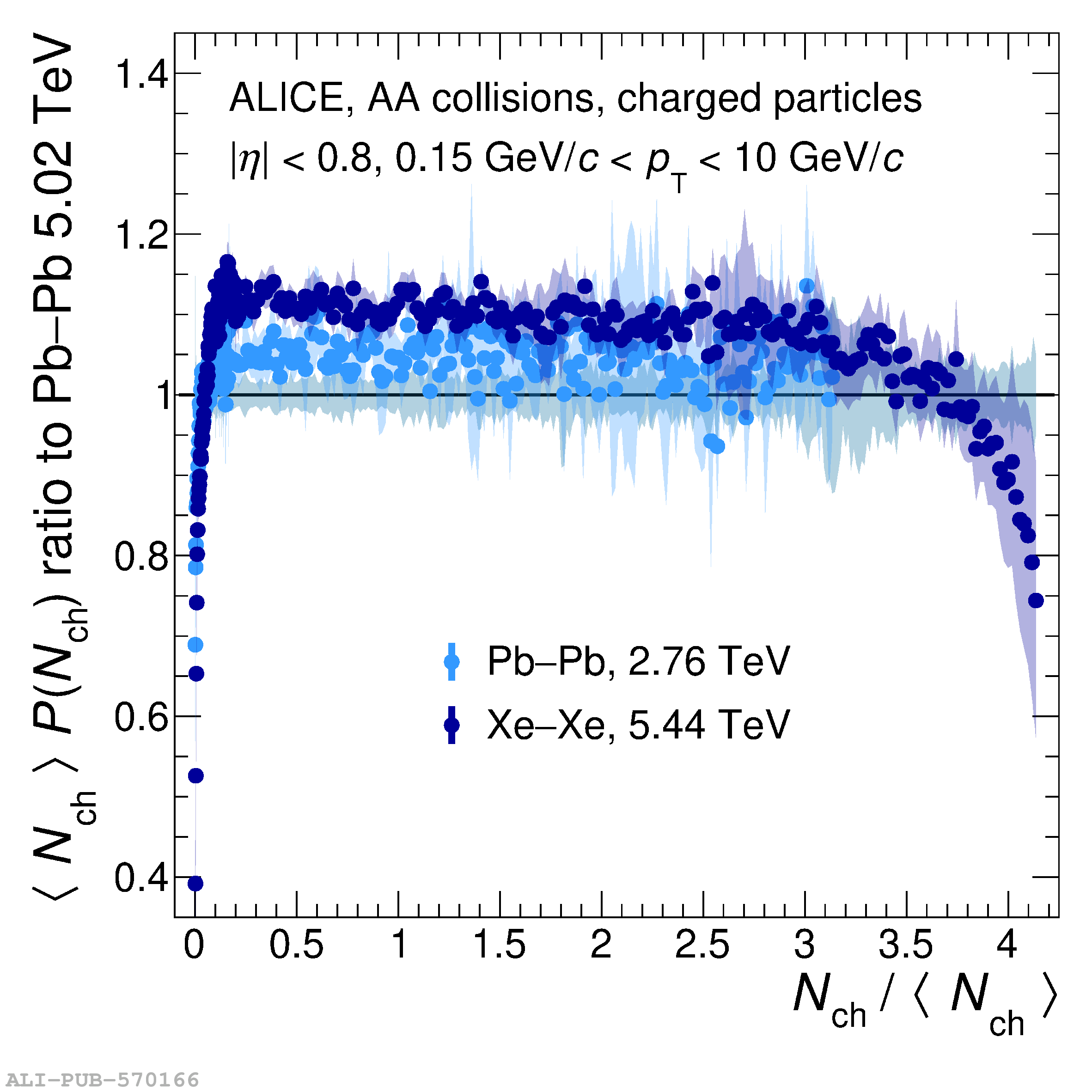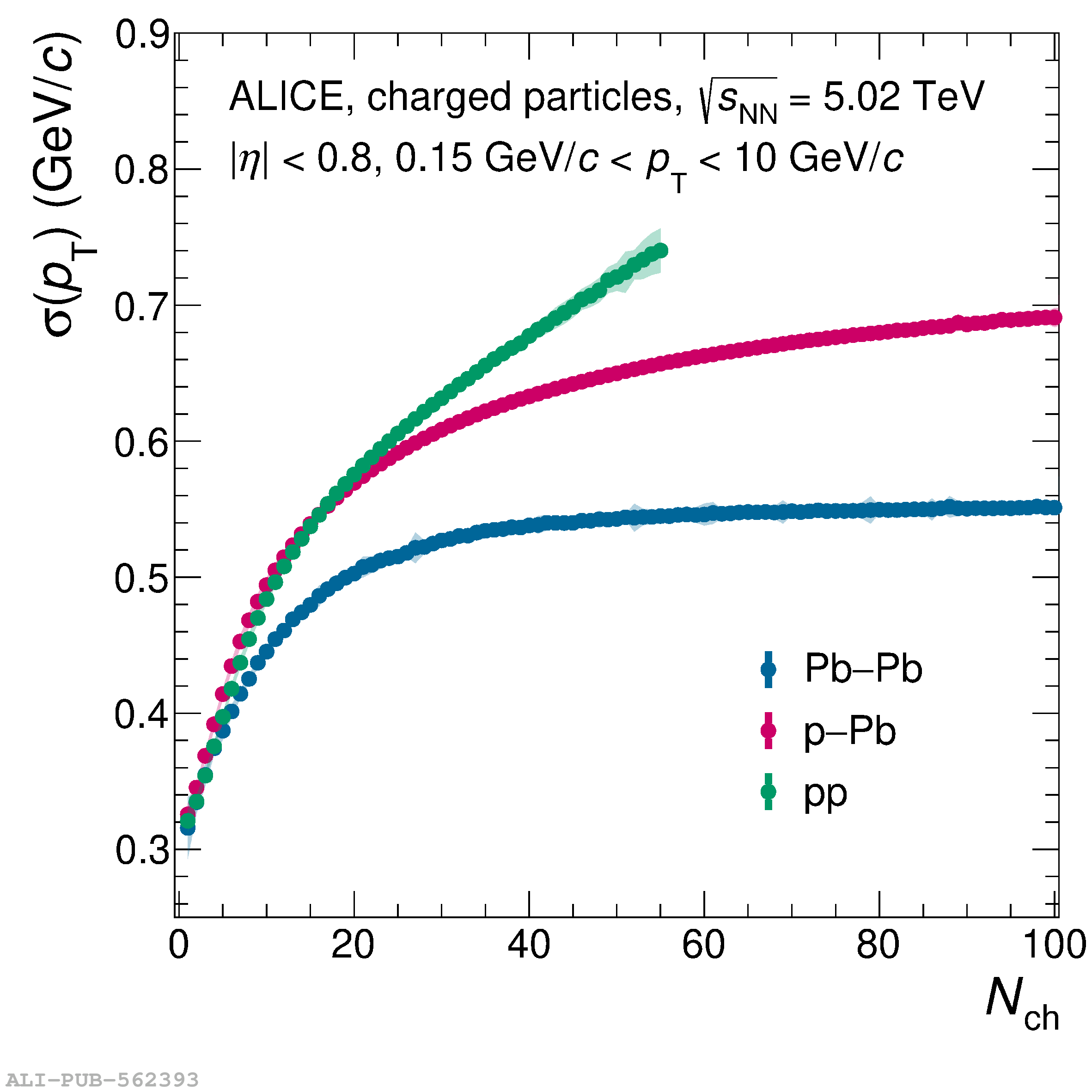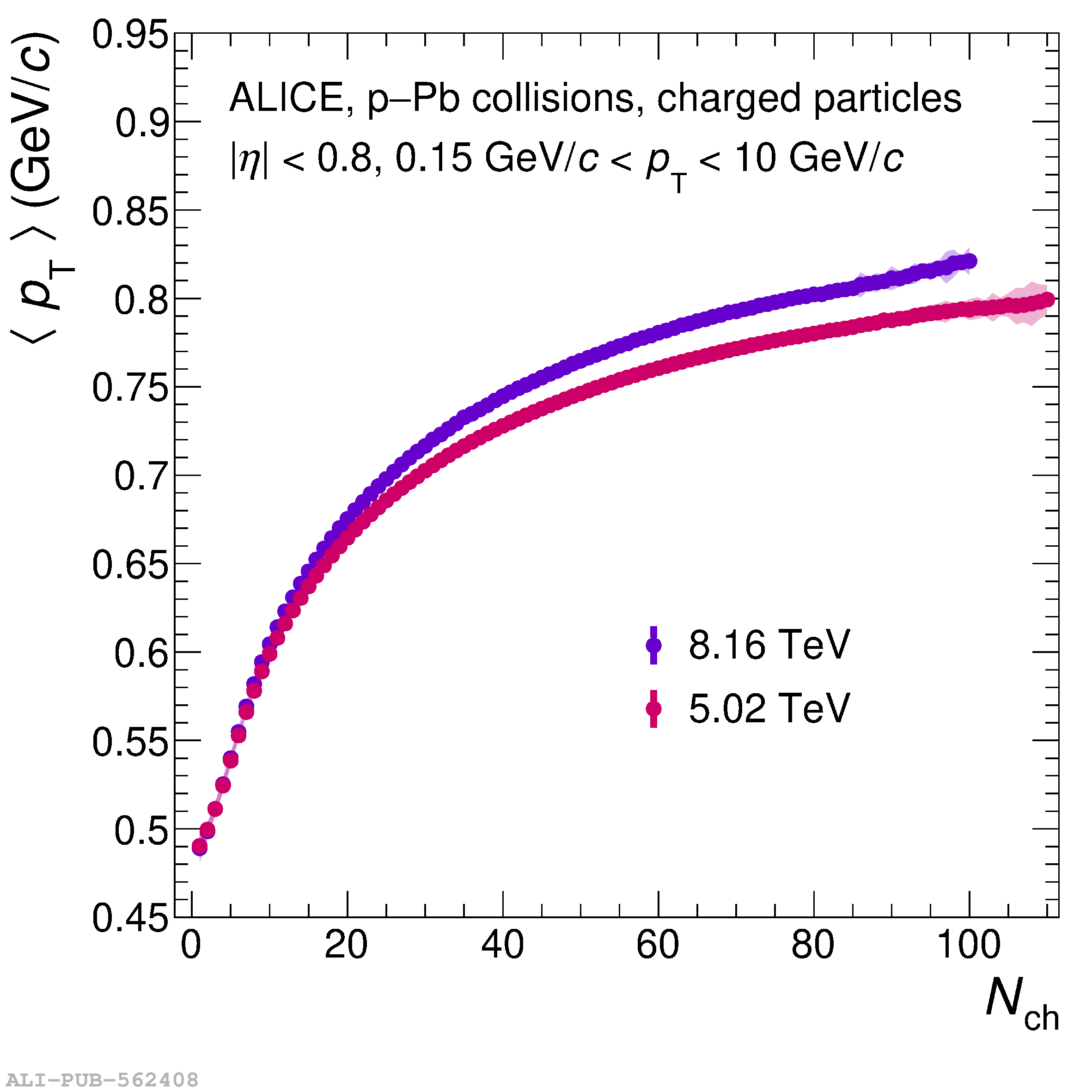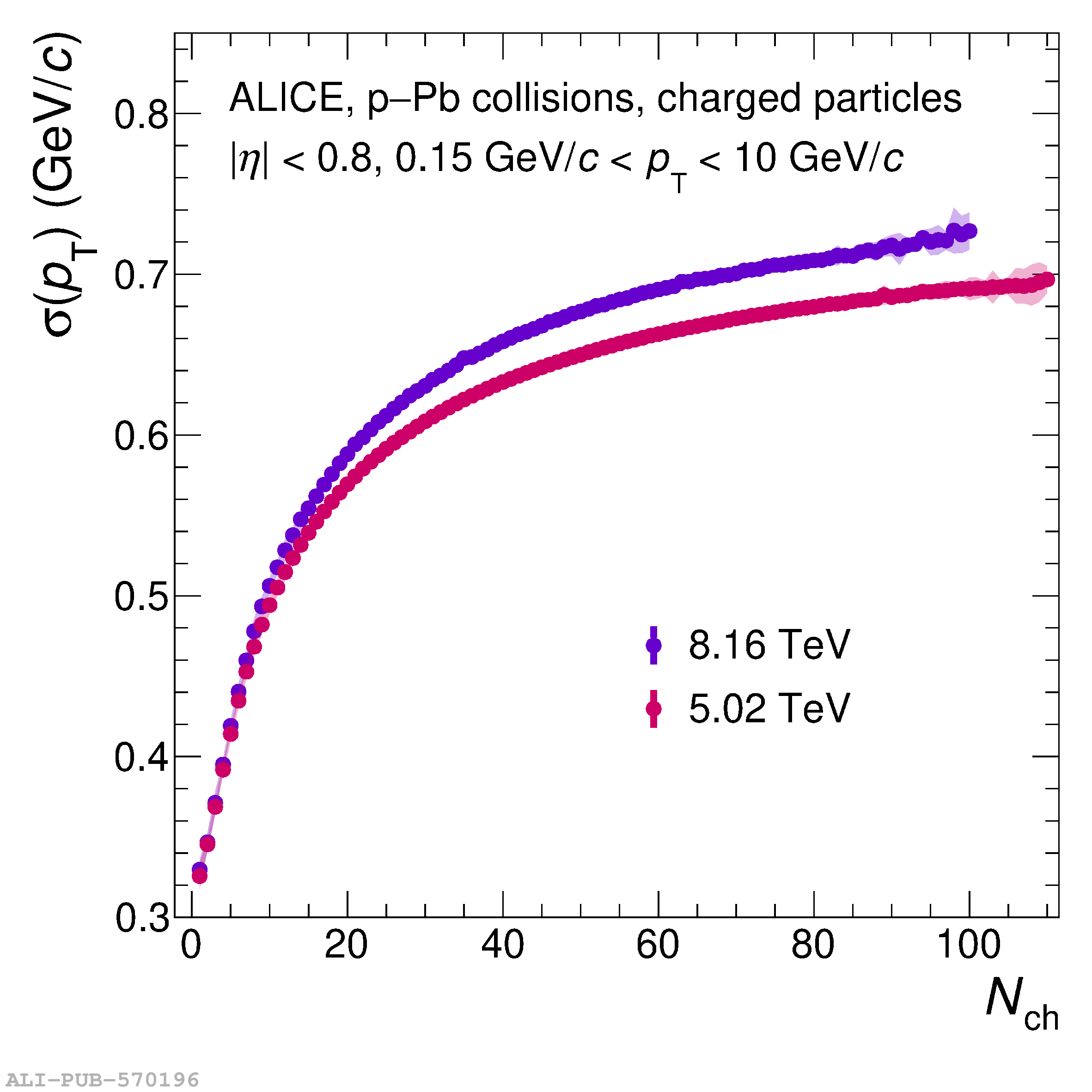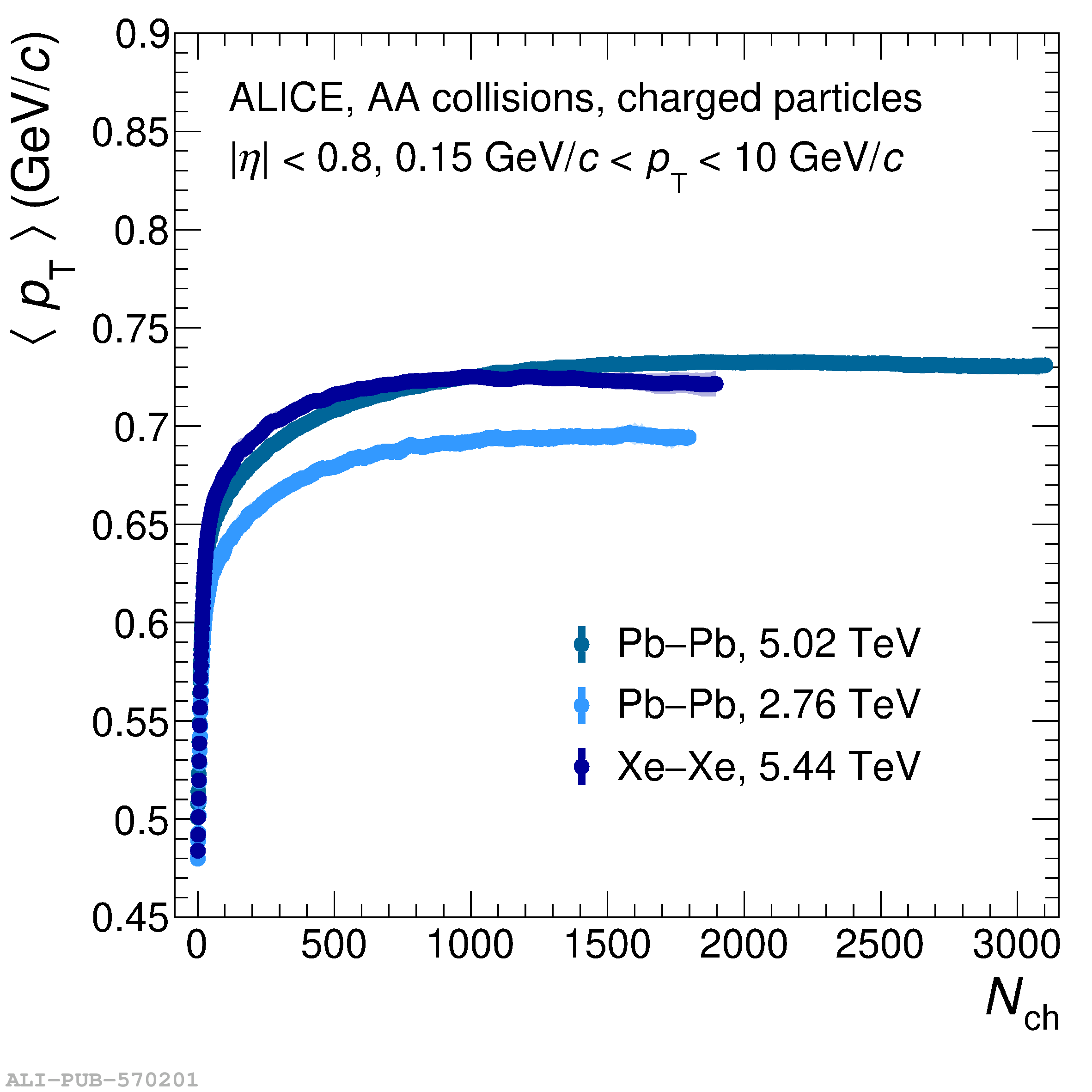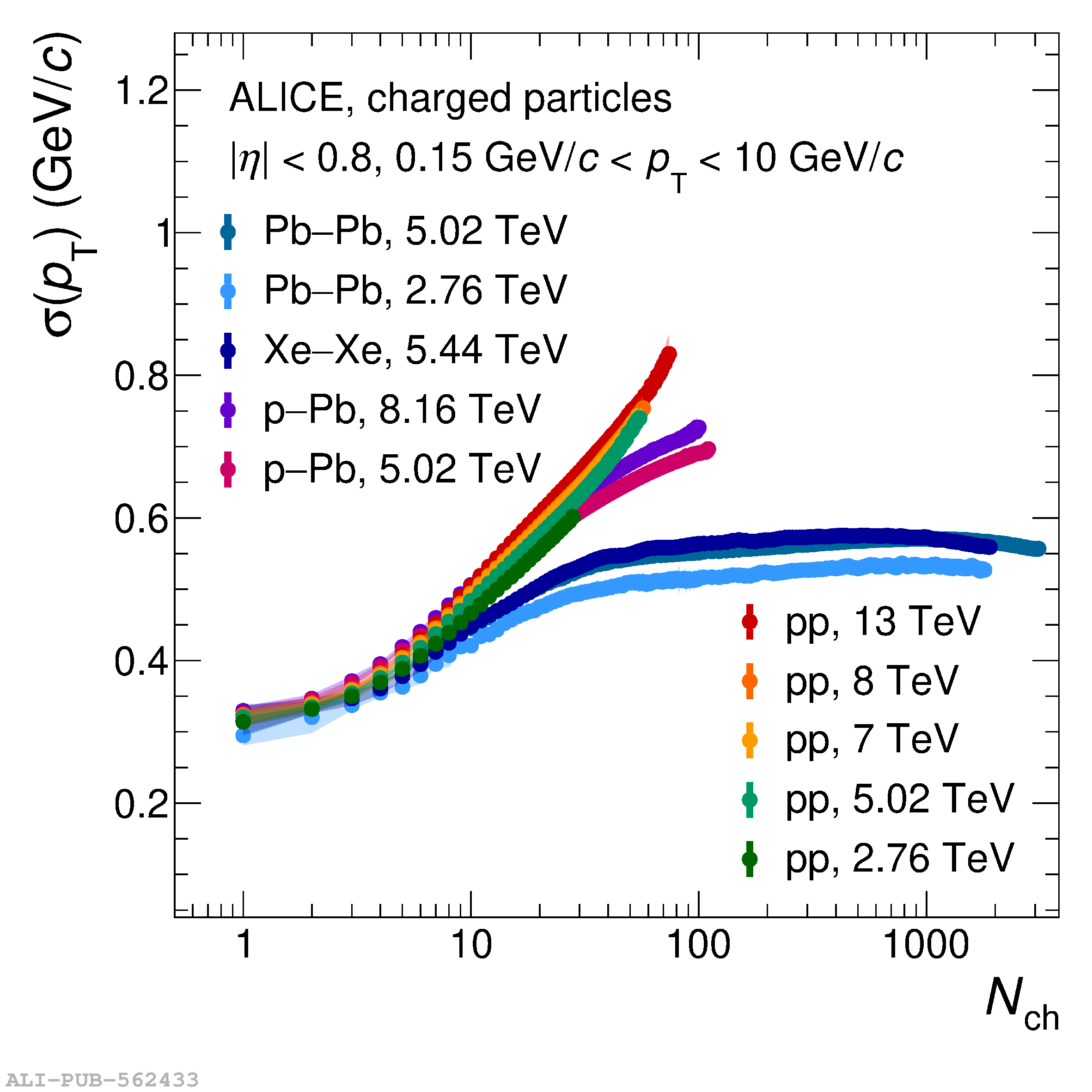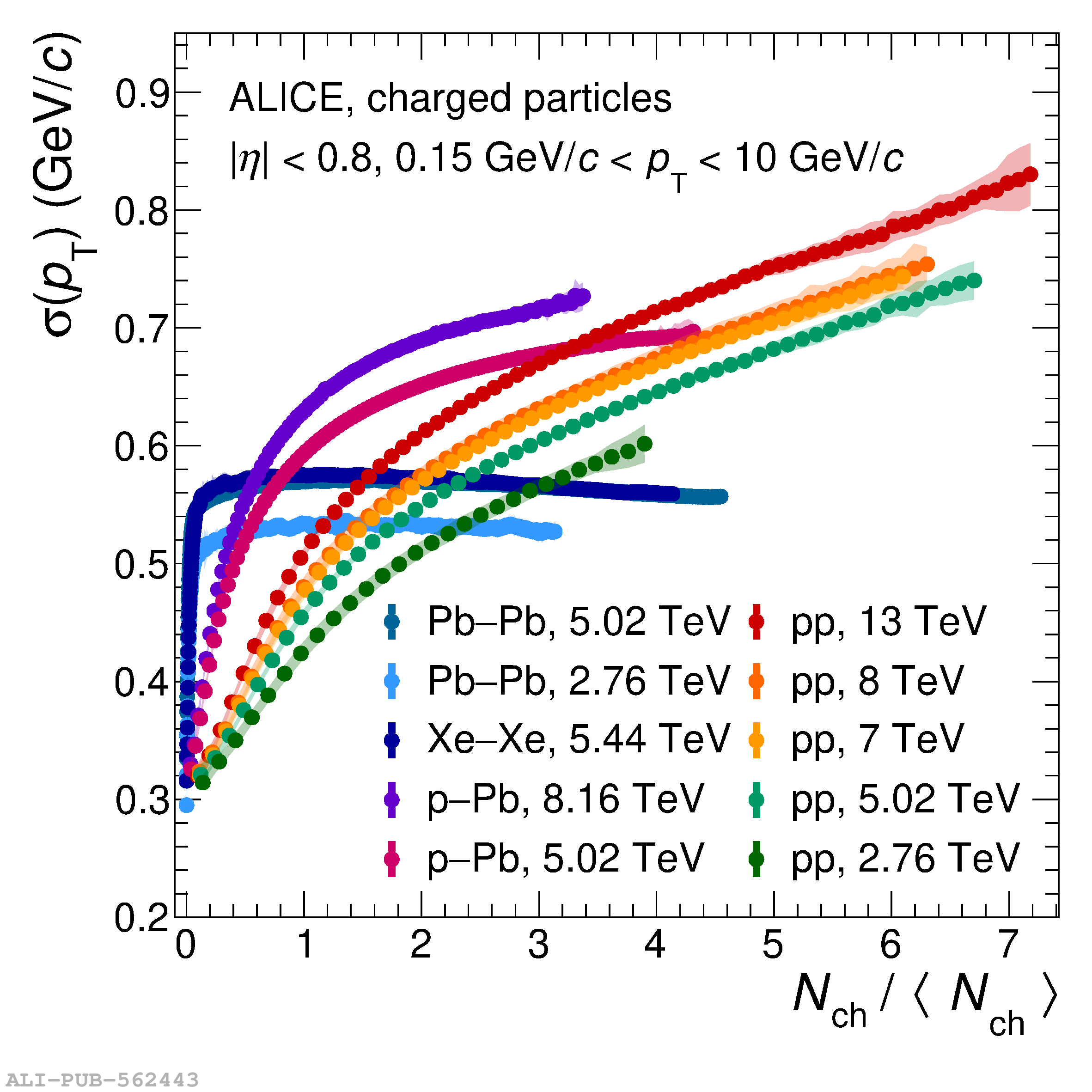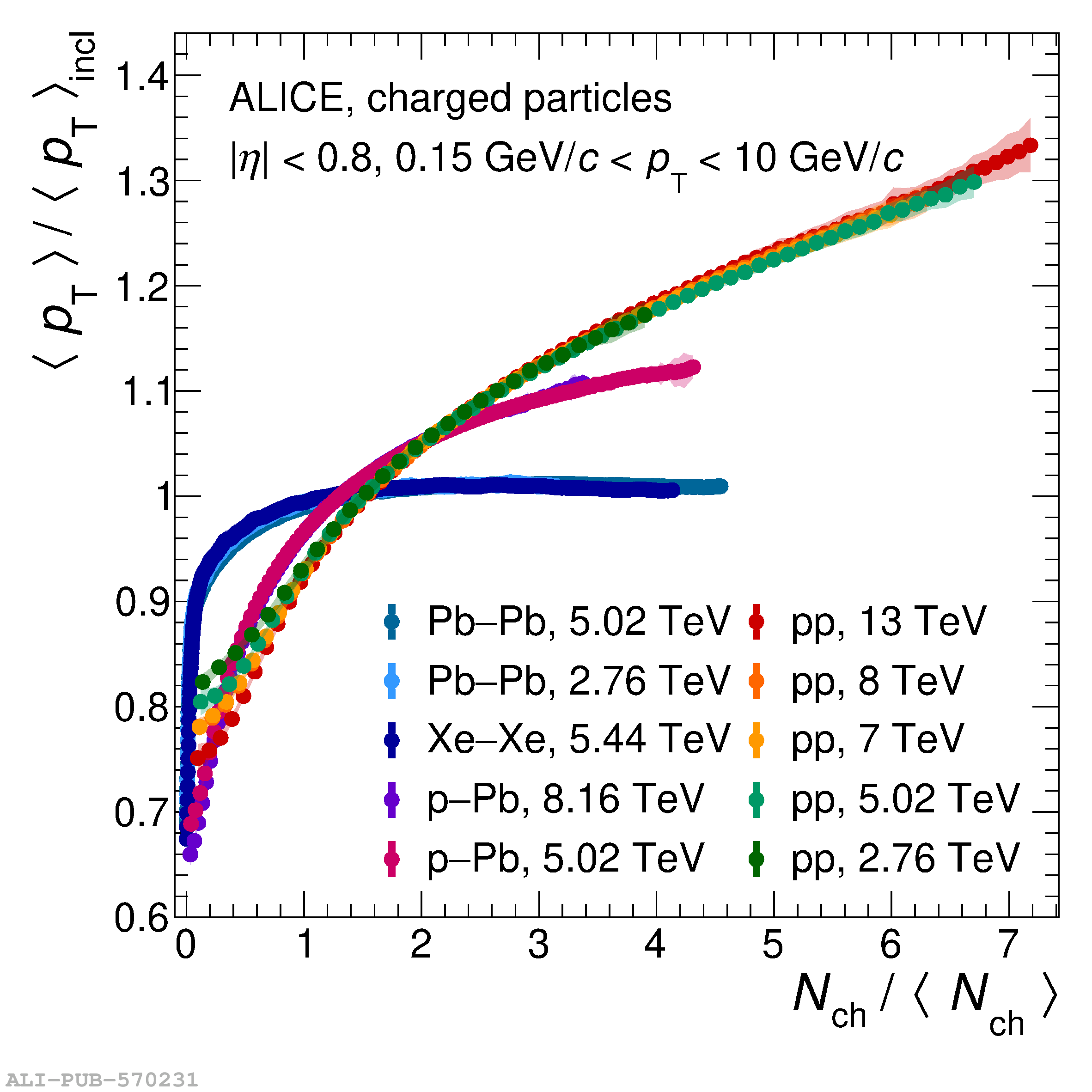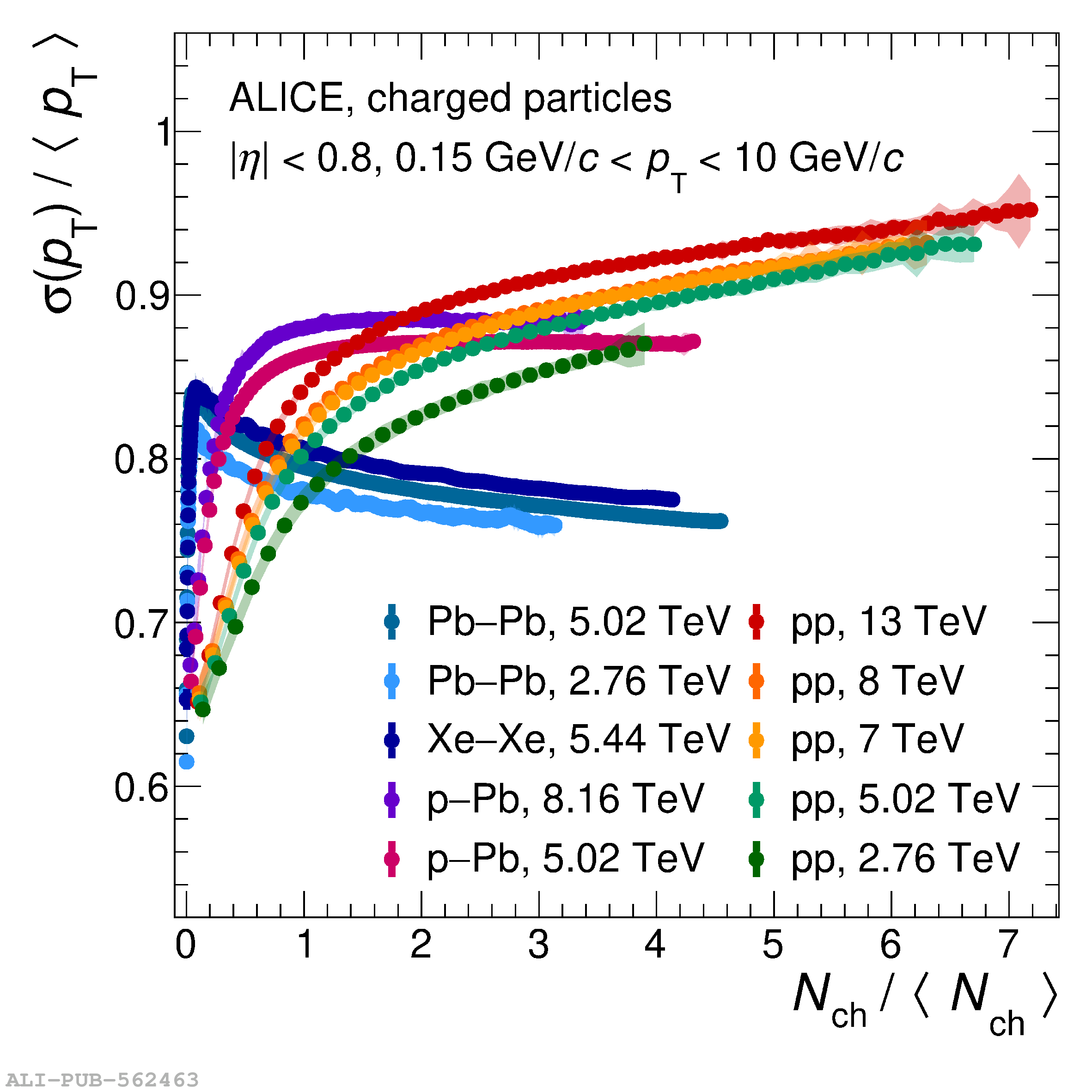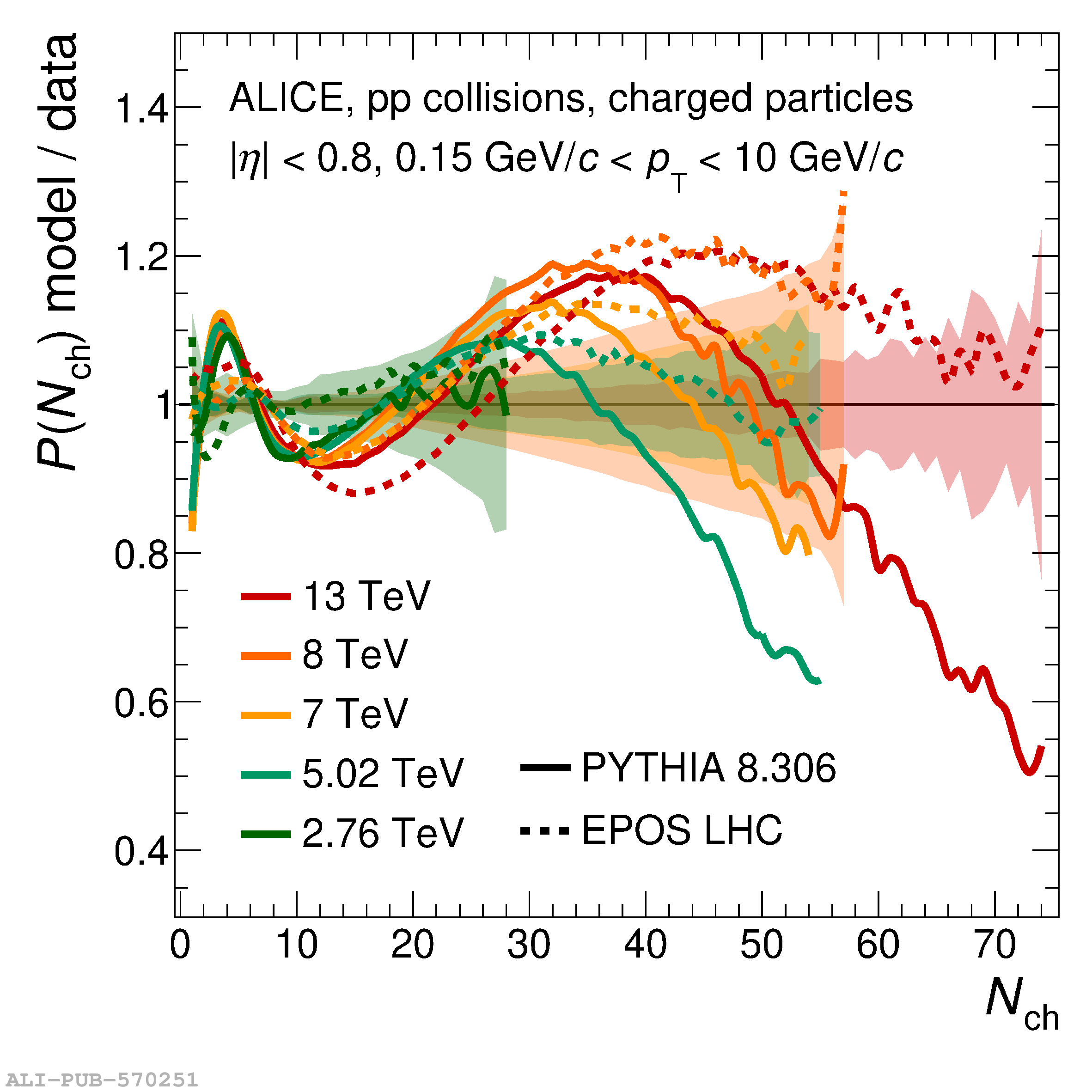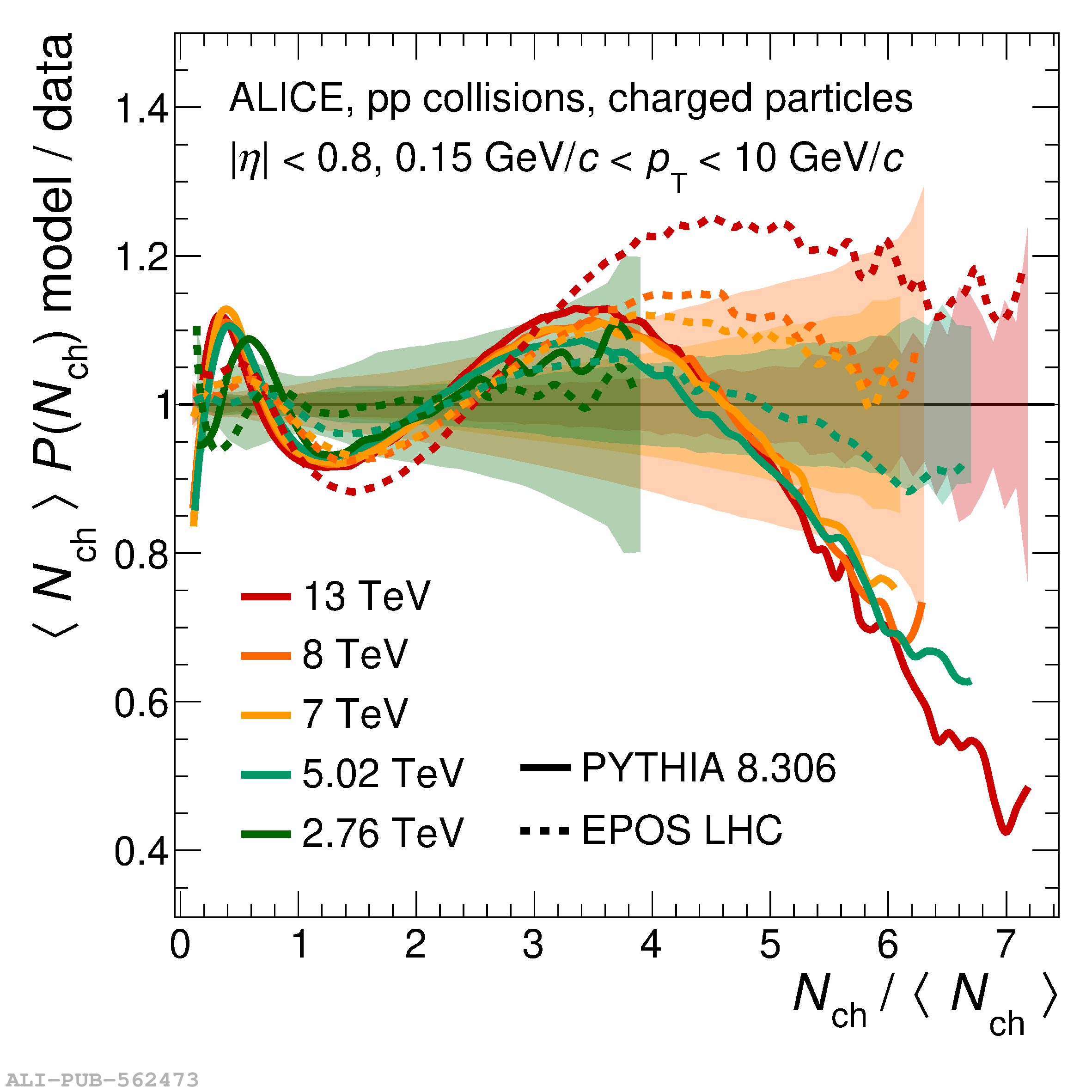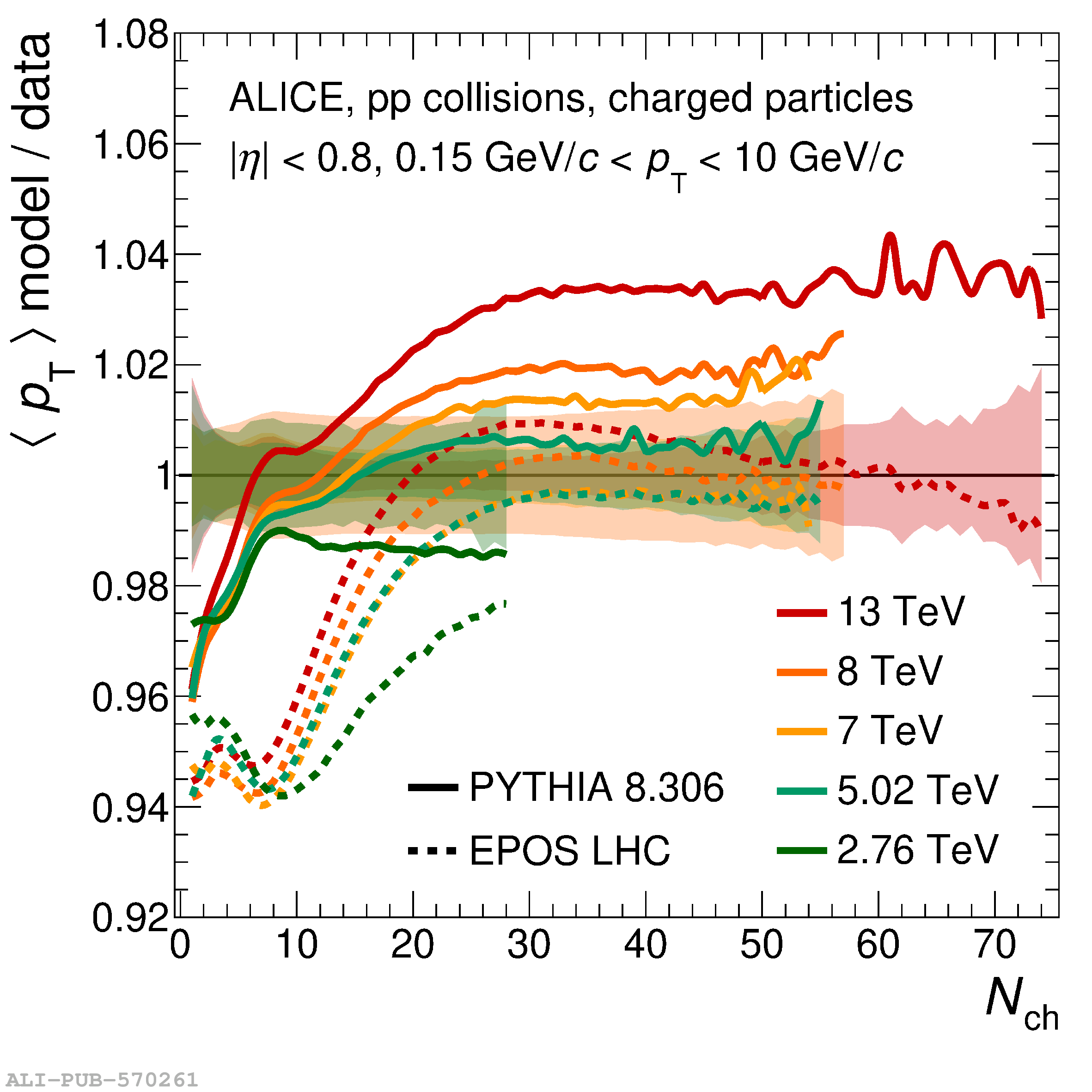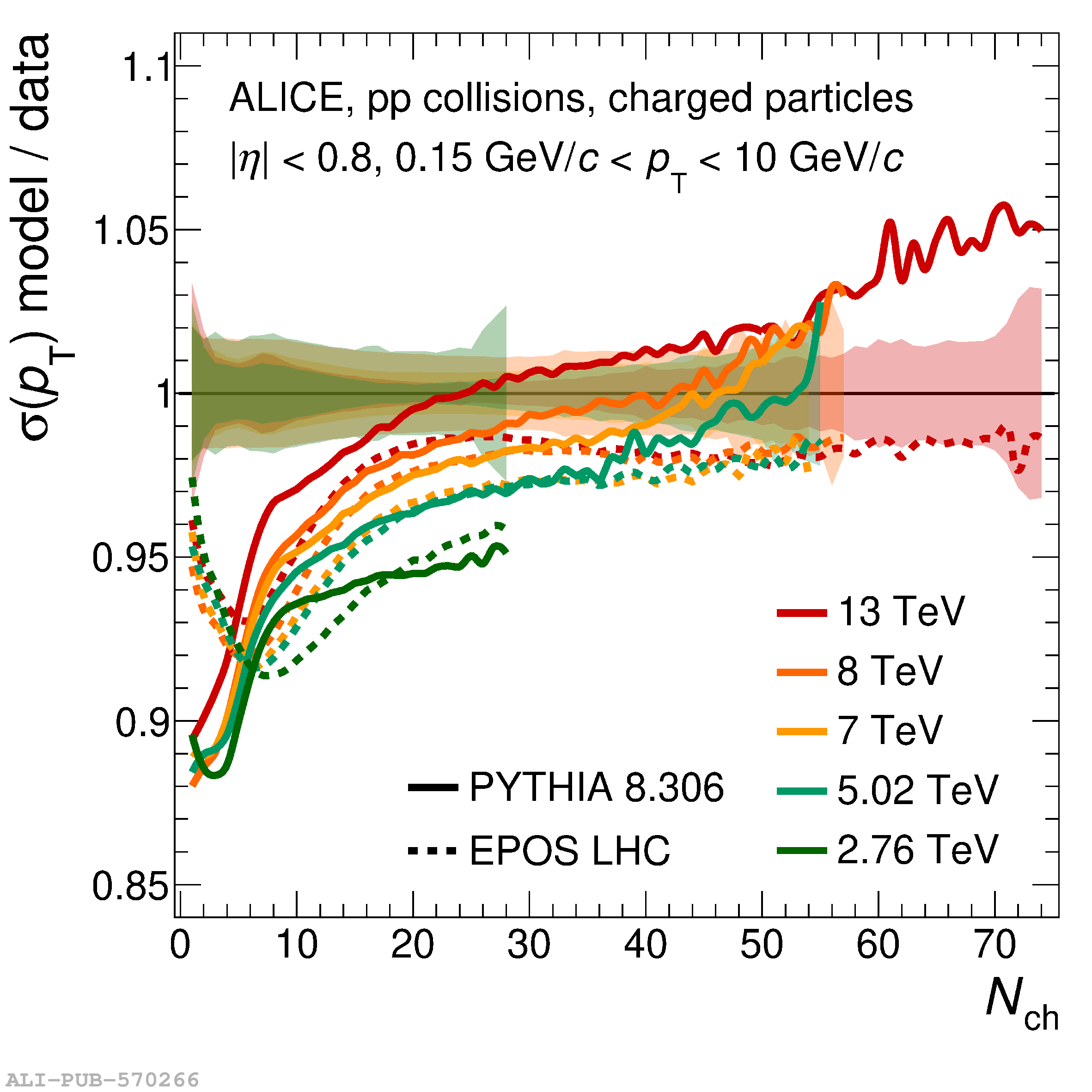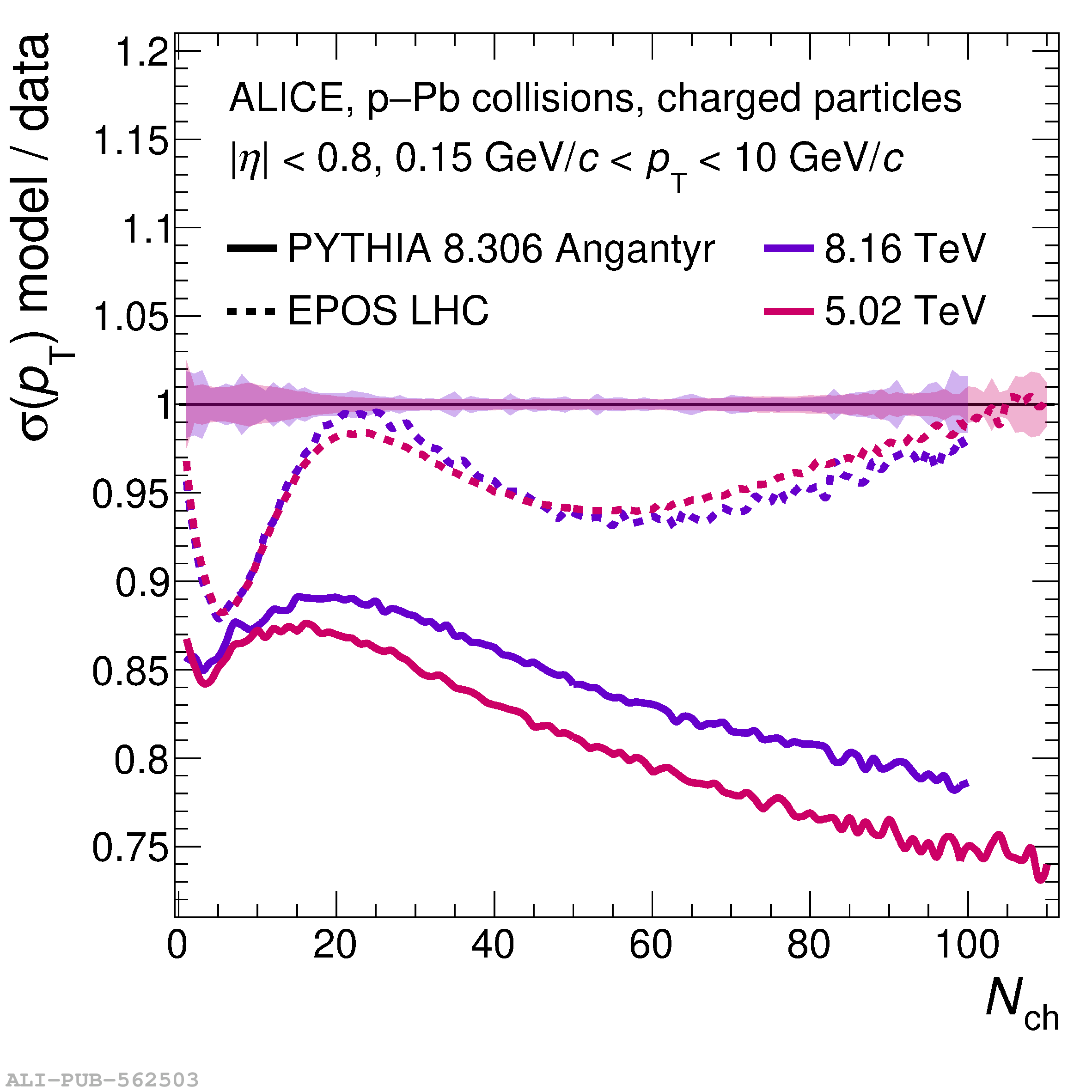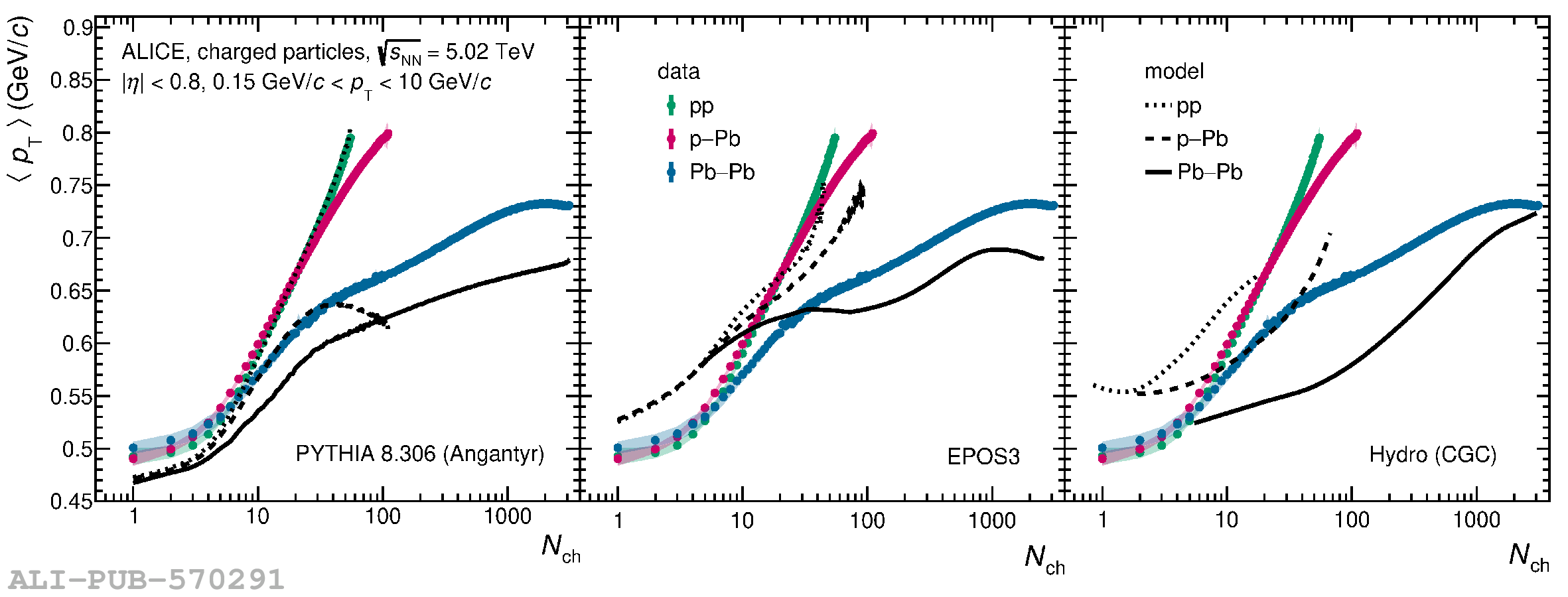Multiplicity ($N_{\rm ch}$) distributions and transverse momentum ($p_{\rm T}$) spectra of inclusive primary charged particles in the kinematic range of $|\eta| <~ 0.8$ and 0.15 GeV/$c$ $<~ p_{T} <~$ 10 GeV/$c$ are reported for pp, p-Pb, Xe-Xe and Pb-Pb collisions at centre-of-mass energies per nucleon pair ranging from $\sqrt{s_{\rm NN}} = 2.76$ TeV up to $13$ TeV. A sequential two-dimensional unfolding procedure is used to extract the correlation between the transverse momentum of primary charged particles and the charged-particle multiplicity of the corresponding collision. This correlation sharply characterises important features of the final state of a collision and, therefore, can be used as a stringent test of theoretical models. The multiplicity distributions as well as the mean and standard deviation derived from the $p_{\rm T}$ spectra are compared to state-of-the-art model predictions. Providing these fundamental observables of bulk particle production consistently across a wide range of collision energies and system sizes can serve as an important input for tuning Monte Carlo event generators.
Phys. Lett. B 845 (2023) 138110
HEP Data
e-Print: arXiv:2211.15326 | PDF | inSPIRE
CERN-EP-2022-266
Figure group




